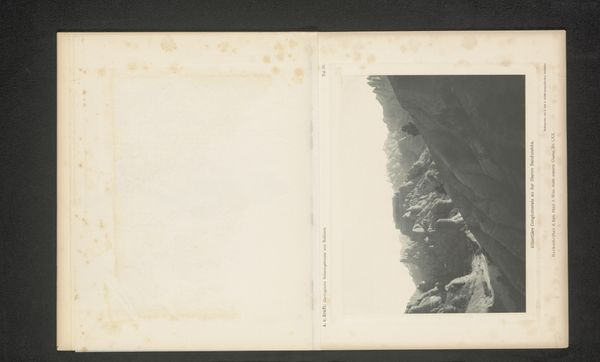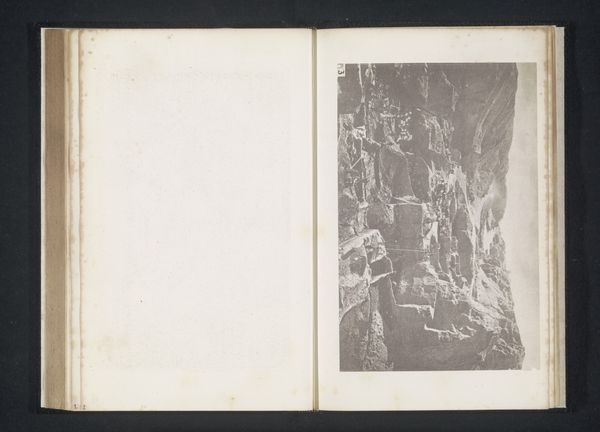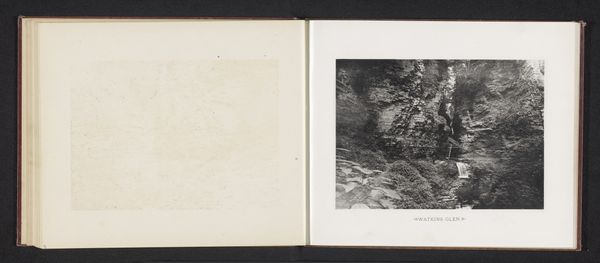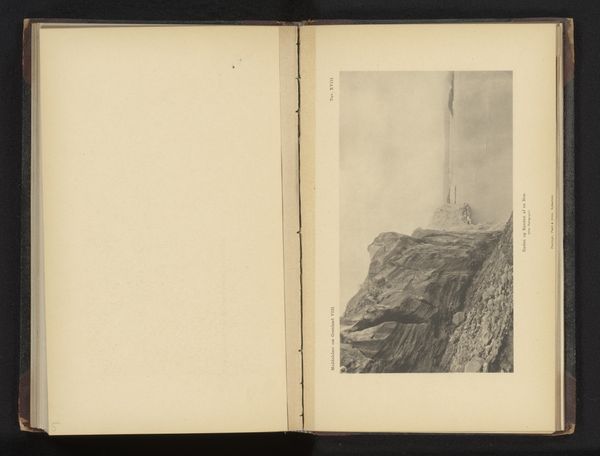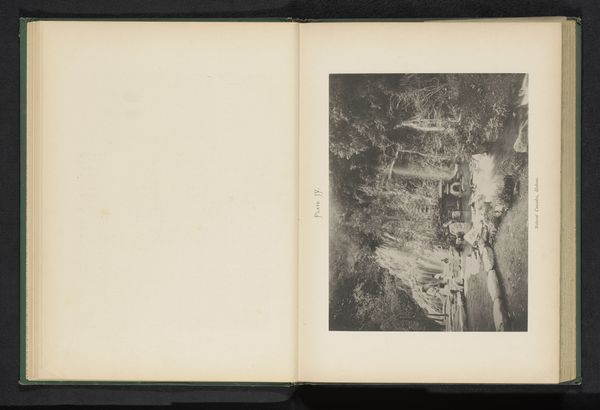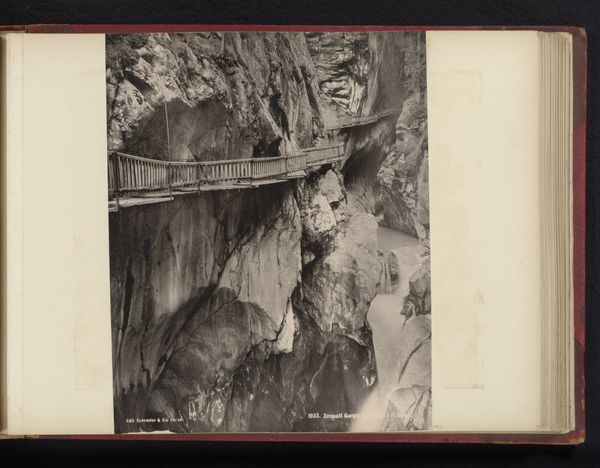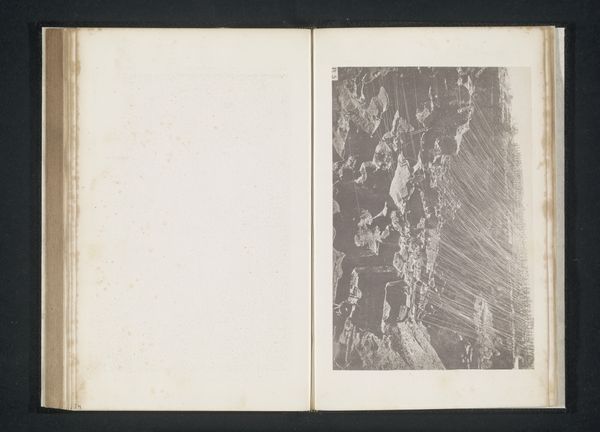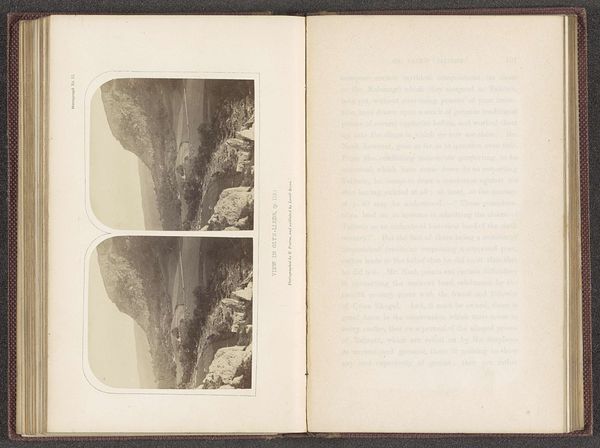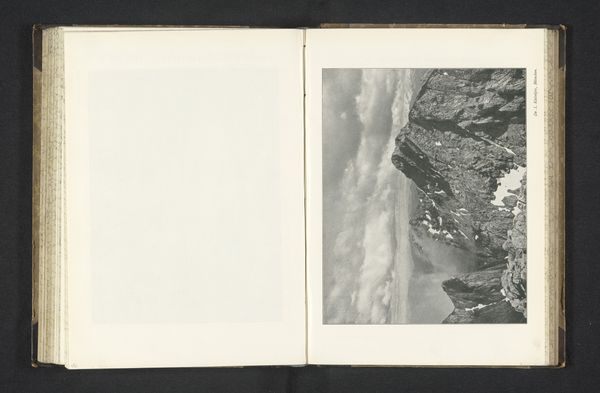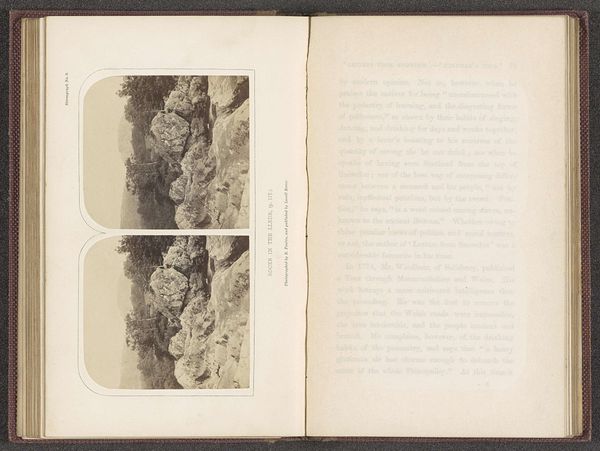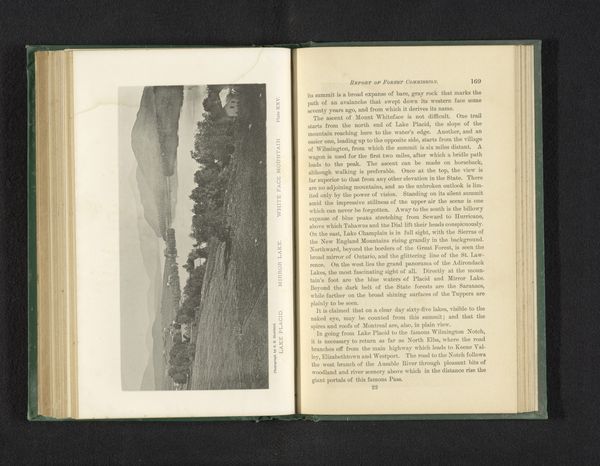
print, photography, gelatin-silver-print
# print
#
landscape
#
photography
#
gelatin-silver-print
#
history-painting
#
realism
Dimensions: height 117 mm, width 165 mm
Copyright: Rijks Museum: Open Domain
Editor: Here we have a gelatin silver print titled “Gezicht op een loopgraaf in Tall al Kabir,” dating from before 1885. It shows what seems to be trenches carved into a rock face. There's a somber, almost suffocating feel to the composition. What stands out to you when you look at it? Curator: This photograph is fascinating because it intersects with both military history and the burgeoning field of documentary photography. Given the date, this likely depicts the aftermath of the Anglo-Egyptian War, specifically the Battle of Tel el-Kebir in 1882. We see more than just landscape; we're witnessing the visual representation of colonial power dynamics and their impact on the land. How does knowing the historical context change your perspective of the image? Editor: It definitely adds weight to the scene. Knowing this shows evidence of the conflict. I wasn’t aware of it before. Are photographs like this generally used as propaganda at the time, to promote the colonizers' position, or perhaps as a warning? Curator: It’s a complicated question. While certainly utilized for documentation and perhaps public consumption in the colonizing country, portraying the event in a certain light to further imperialistic agendas, its reception was always mediated. Some would view it as evidence of progress, while others would see it as an exploitation of a distant land. The act of photographing itself becomes part of the power structure. How do you think the native population would perceive such an image? Editor: I guess they might view it as further proof of their land being taken over. I now consider a new depth to a simple landscape image. Curator: Precisely. It highlights how visual culture is intertwined with politics. The photograph offers us insights into how these conflicts were perceived, constructed, and disseminated to different audiences. It makes one appreciate how photos shape perception. Editor: Absolutely, this makes me reconsider documentary photography in the light of historical context. Thanks!
Comments
No comments
Be the first to comment and join the conversation on the ultimate creative platform.

